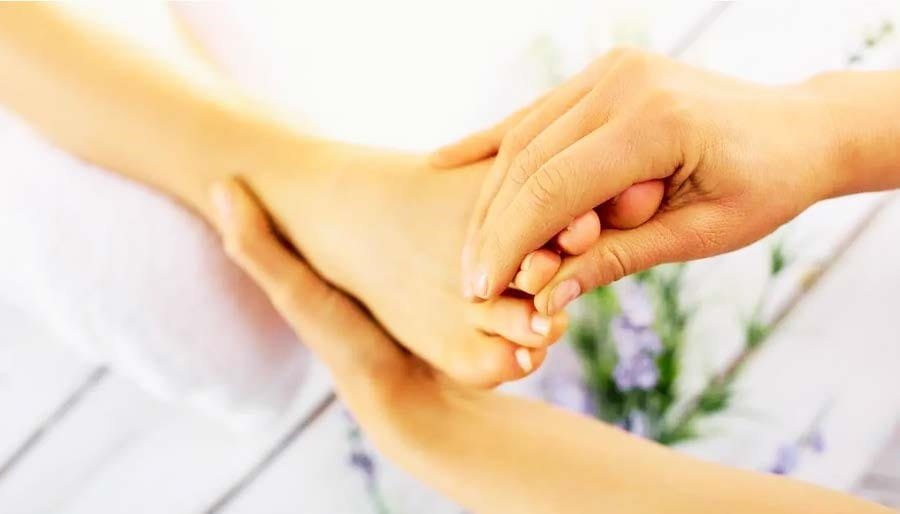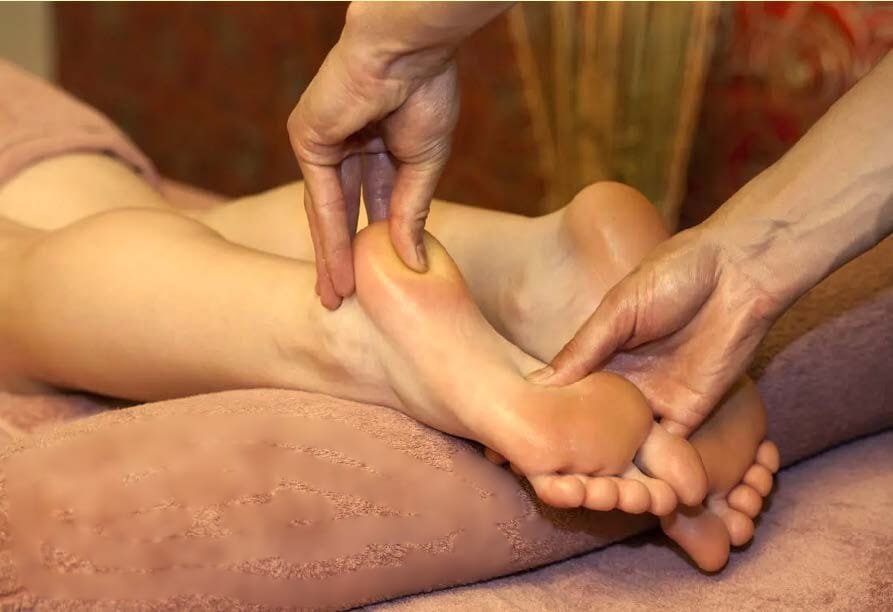Numerous medical studies and traditional Chinese therapies indicate that applying pressure to particular areas on your feet might treat ailments that affect completely other body parts. Reflexology is the theory that applying pressure to specific parts of your feet helps treat illnesses elsewhere. Tradition Chinese medicine is the source of it.
“The theory is that energy, referred to as ‘chi,’ moves through the body along specific channels, or meridians,” explains Denis Merkas, a massage therapist and acupuncturist who, along with his spouse Emma, co-founded Melt: Massage for Couples. “Chi blockages are typically discussed when there is an issue with the body.”
Does science support it?
Although the science underlying reflexology is still unknown, a large body of studies indicates that it is a useful tool for controlling and reducing pain. Reflexology was shown to be beneficial in 2014 by an auditTrusted Source of British physiotherapists for its ability to induce relaxation and reduce pain in patients suffering from chronic pain. Additionally, research from Reliable Source indicates that foot massages can lessen post-breast surgery pain.
According to more research, reflexology can lessen anxiety in patients who are going to be admitted to the hospital or face medical testing.
1. Warmup twists
Starting a foot massage with warm-up twists is one method. To apply this method:

- Gently draw the right foot forward while pulling the left foot back, using the palms on either side of the foot.
- Pull the right foot forward while pushing the left foot back.
- Continue to twist, using your hands from your ankles to your toes.
Before continuing with the massage, the foot is helped to warm up by the gentle twisting motion.
2. Toe bends
Toe bends may provide greater foot flexibility. How to apply this method of foot massage:

Hold the heel with one hand and bend all of the toes on one foot simultaneously back and forth with the other hand.
Repeat this motion, gradually applying more pressure and extending the toes to their maximum length.
3. Heel squeeze
Squeezing your heels may assist release tension in the rear of your foot. To apply this method:

Grasp the top of the foot with one hand and the heel’s back with the other, then squeeze and release the heel’s back several times.
Foot massage for all types of discomfort
Targeting the thin tissue covering your muscles, bones, and organs is the goal of myofascial release therapy. The Mayo Clinic states that difficult-to-localize trigger points are the source of discomfort in these tissues.
“Self-treatment is something I encourage all my clients to do,” says Rachel Gottesman, OTR/L, owner of Body Ease Therapy. “I use myofascial release therapy and it works by gentle, sustained pressure on areas of restrictions.” Gottesman suggests thinking of the myofascial tissues as a three-dimensional, interconnected web. Tightness in one place, like your feet, can pull the web out of place in other spots.
To apply myofascial release, take the following actions:
- Take a seat on a sofa or in a cozy chair.
- Put a tennis or golf ball right beneath your foot on the ground.
- Using your foot, roll the ball around until you locate a pressure point or sensitive area.
- Just enough pressure from your foot should cause the tip to soften.
- Hold for three to five minutes.
The ball cannot be rolled further because it will not apply adequate pressure.
The lesson learned
There is growing evidence that there may be health benefits to massage the pressure points on your feet. Putting aside the views of scientists, it feels great! Discover which angles and pressure levels work best for you by investigating your pressure points.
A specific warning for diabetics: Consult a physician before massaging, as pressure may exacerbate diabetic nerve damage.
Our feet certainly take a pounding, but a long massage may leave them feeling so amazing that other aches and pains fade away.
Read also: Ready to Relax? Discover the Health Benefits of Massage Therapy!





